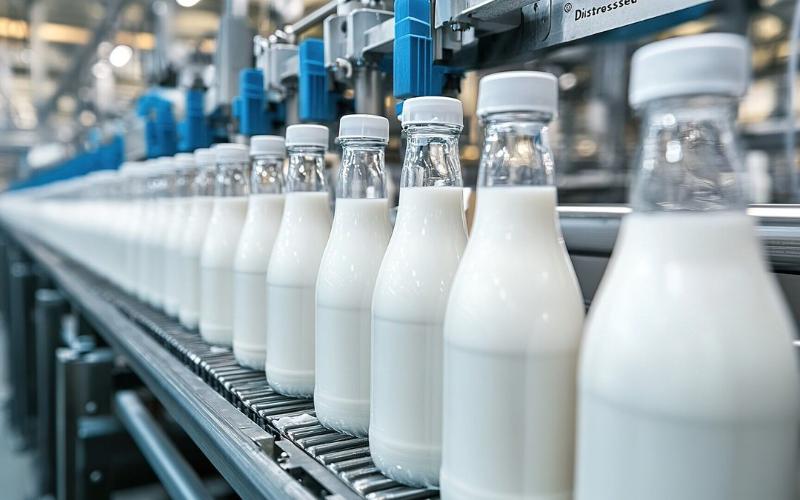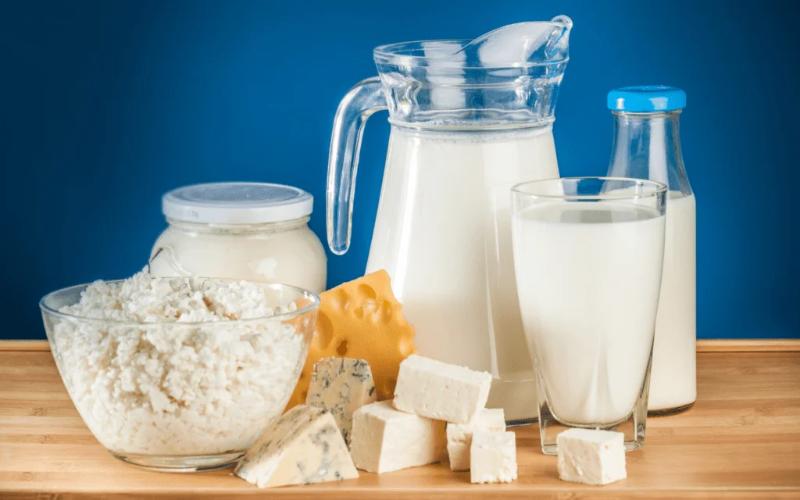The Story Behind Missouri’s Underground Cheese Caves: A Strategic Dairy Surplus Solution
Sourse: DairyNews.today
In the heart of America's Midwest, deep beneath the surface of Springfield, Missouri, lies a vast network of underground caves. These aren't ordinary caves, though; they house millions of pounds of cheese, stored as part of a lesser-known chapter in U.S. agricultural history.

The limestone caves, originally hollowed out by mining operations, have found a second life as a massive, climate-controlled storage facility. With towering ceilings that can easily accommodate large tractor trailers, these caves provide the perfect environment for storing perishable goods like cheese. But why is so much cheese stored here in the first place?
The origins of this unusual storage solution date back to the late 1970s, during President Jimmy Carter's administration. In an effort to support the dairy industry, the government initiated a program that resulted in an overproduction of milk and dairy products. By 1981, this led to a surplus of cheese that far exceeded consumer demand, creating a logistical challenge: what to do with all the excess cheese?
Enter the Missouri caves. With their vast size and controlled climate, these caverns were identified as an ideal location for storing the surplus. The U.S. government purchased large quantities of cheese to stabilize prices and support dairy farmers, then stored the excess in these underground facilities.
The situation became somewhat of a modern legend, often compared to the secretive storage in the Hangar 52 warehouse depicted in the "Indiana Jones" films. While the reality may not involve hidden treasures or ancient artifacts, the sheer volume of cheese stored in these caves is impressive and serves as a reminder of the complexities of agricultural economics.
Today, the cheese stored in Missouri's underground caves represents a fascinating intersection of government policy, agricultural surplus, and innovative storage solutions. While the surplus cheese may no longer be needed to the same extent, the story of these subterranean stockpiles continues to capture the imagination and offers a unique glimpse into America's food history.
The origins of this unusual storage solution date back to the late 1970s, during President Jimmy Carter's administration. In an effort to support the dairy industry, the government initiated a program that resulted in an overproduction of milk and dairy products. By 1981, this led to a surplus of cheese that far exceeded consumer demand, creating a logistical challenge: what to do with all the excess cheese?
Enter the Missouri caves. With their vast size and controlled climate, these caverns were identified as an ideal location for storing the surplus. The U.S. government purchased large quantities of cheese to stabilize prices and support dairy farmers, then stored the excess in these underground facilities.
The situation became somewhat of a modern legend, often compared to the secretive storage in the Hangar 52 warehouse depicted in the "Indiana Jones" films. While the reality may not involve hidden treasures or ancient artifacts, the sheer volume of cheese stored in these caves is impressive and serves as a reminder of the complexities of agricultural economics.
Today, the cheese stored in Missouri's underground caves represents a fascinating intersection of government policy, agricultural surplus, and innovative storage solutions. While the surplus cheese may no longer be needed to the same extent, the story of these subterranean stockpiles continues to capture the imagination and offers a unique glimpse into America's food history.














